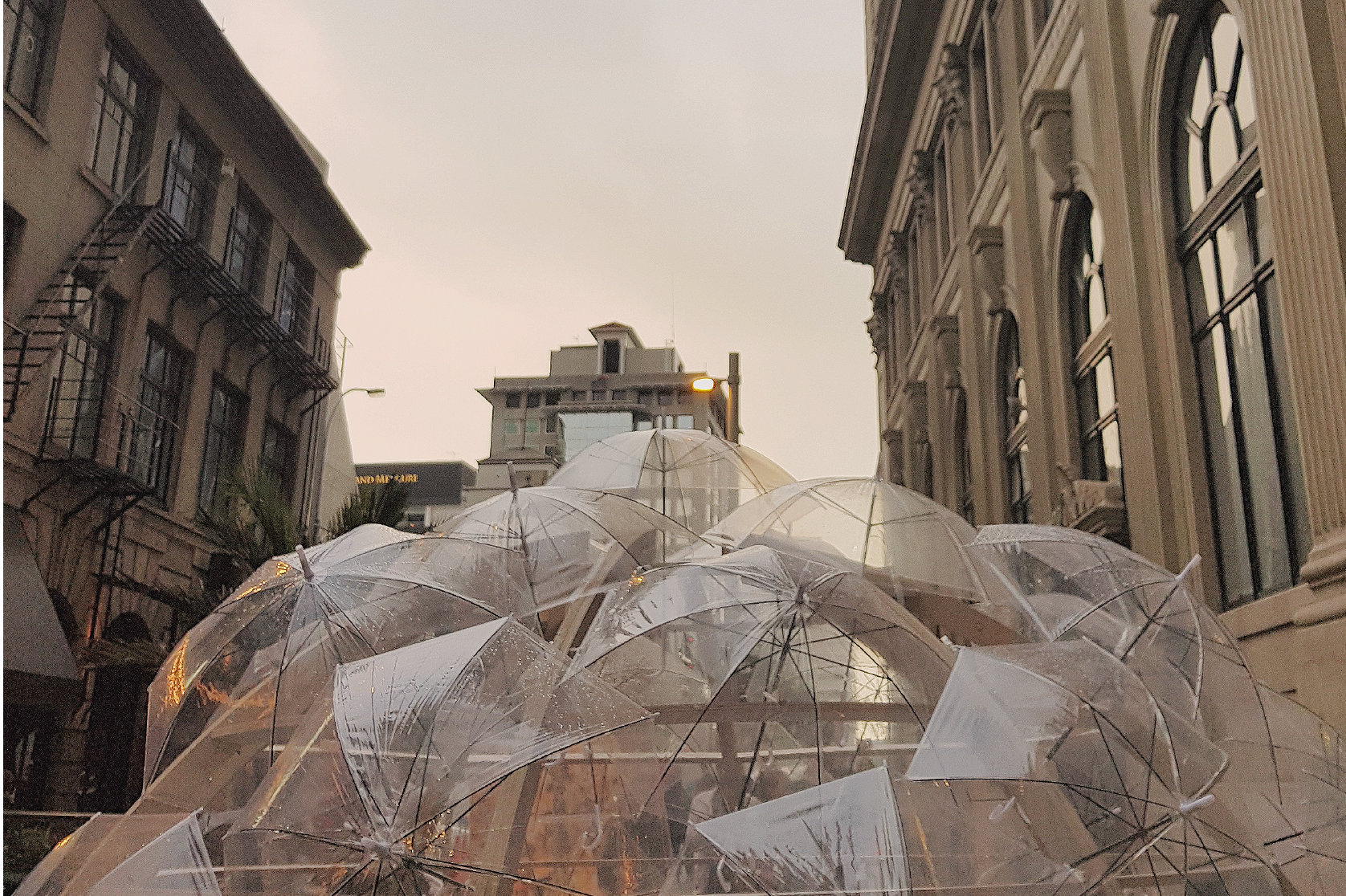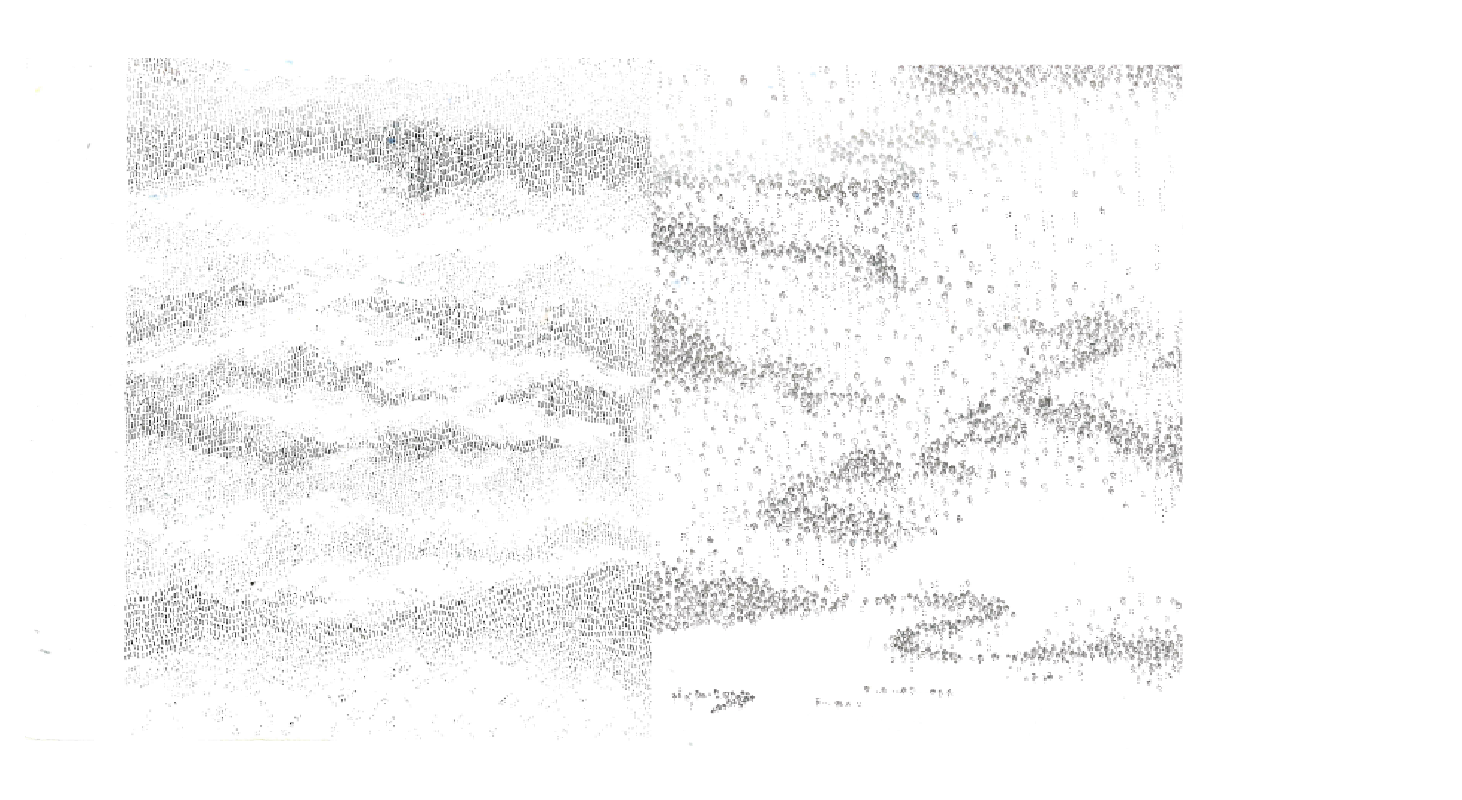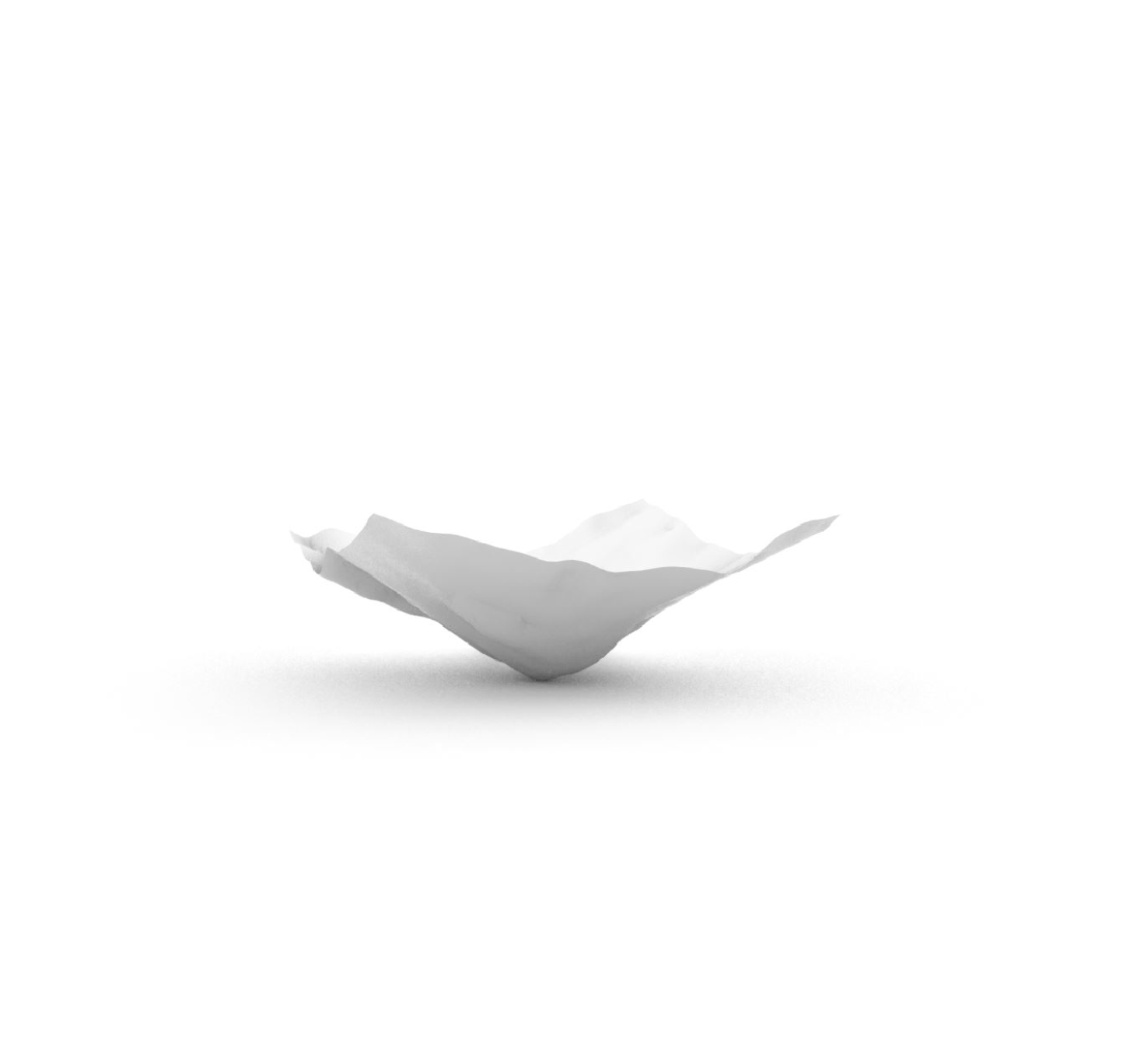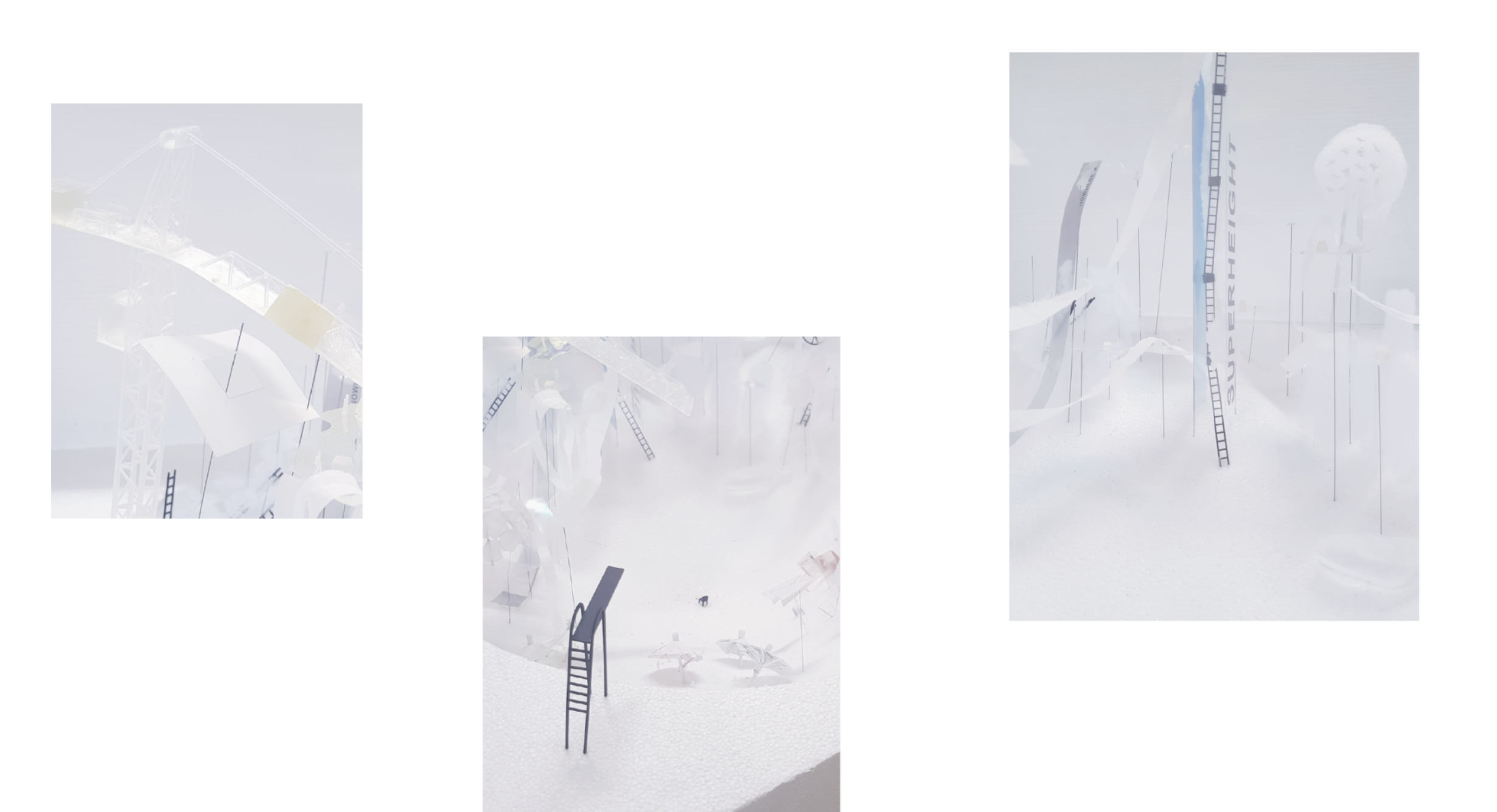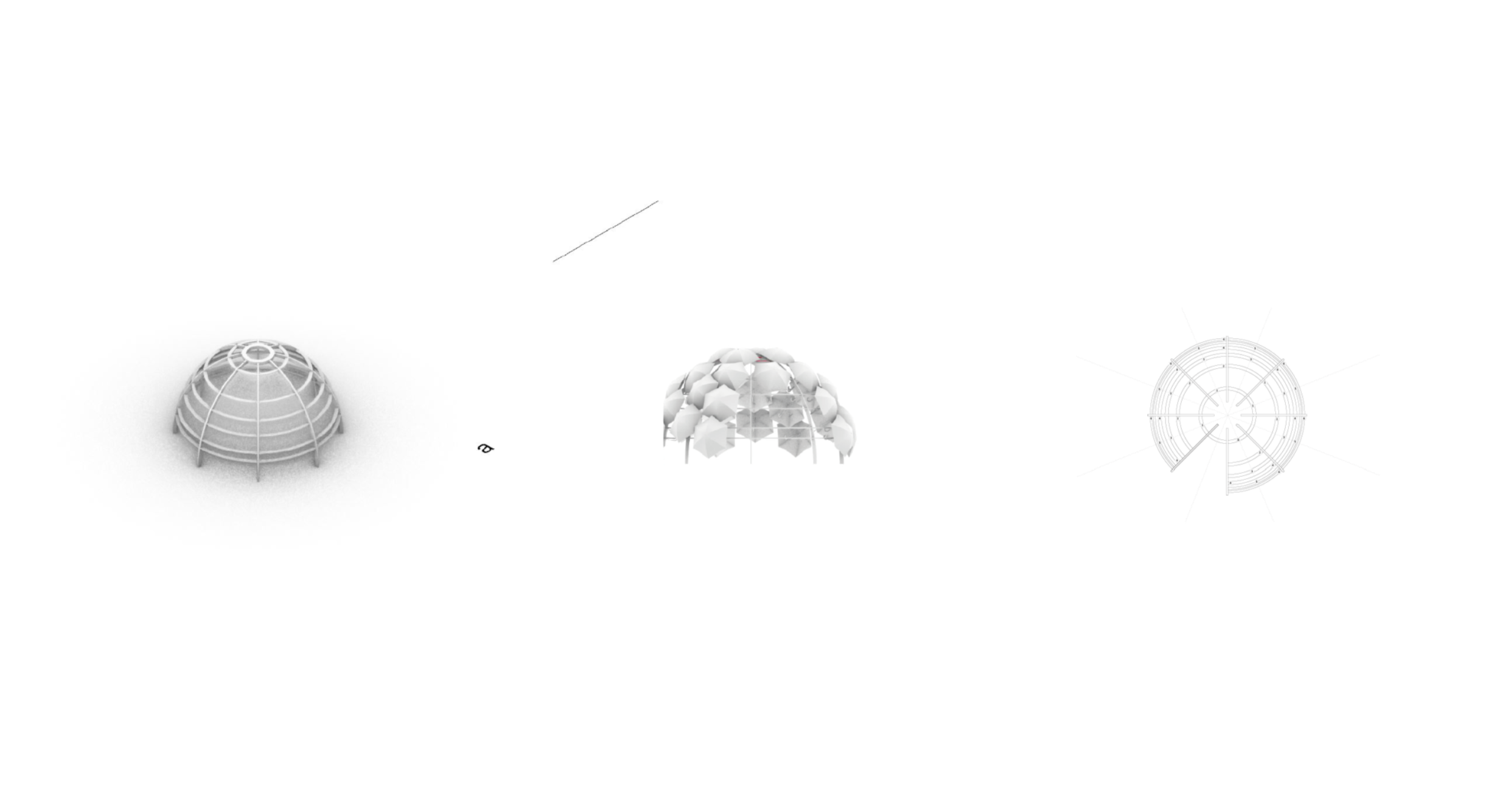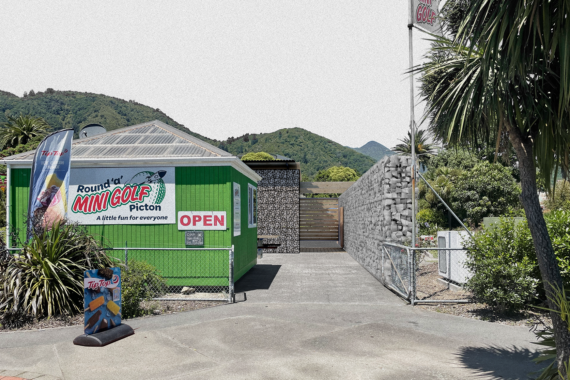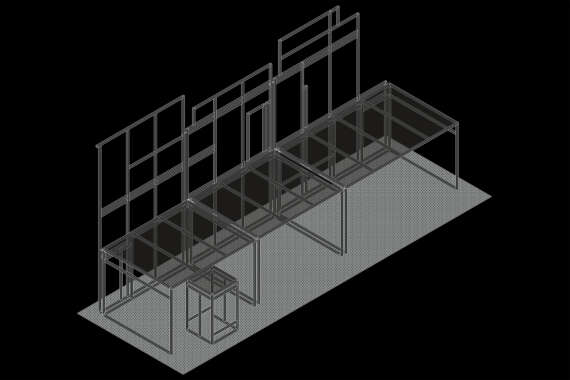Artweek presented an opportunity to force an intangible proposition such as a dream into the physical and public realm. The aim of the proposal was to take an image from a dream recollection in the previous model and fabricate it into the real world, in a real city.
In order to test the boundary between dreams and reality, this part of the project went beyond a mere representation of the maker’s dream, and placed it in real-time allowing the public to interact with the installation. It addressed the restraints of model making, where the immersive effect of a dream was absent and therefore less successful in portraying motion and human interaction.
Instead, the models were presented as motionless mute objects capturing moments lost in the past. Up until this point, the thesis project had been an investigation of memory. However, it is not enough to present our dreams solely as objects of the past. This Artweek project used memory as a design tool in the real world and addressed the real life constraints of time, budget, and labour. As the event was hosted in real-time, so were the preparations leading up to it. The design and fabrication process was also enacted in real-time with a working timeline towards the deadline of the project. A high degree of planning and orchestration of events leading up to the event was required to carry out the project.
